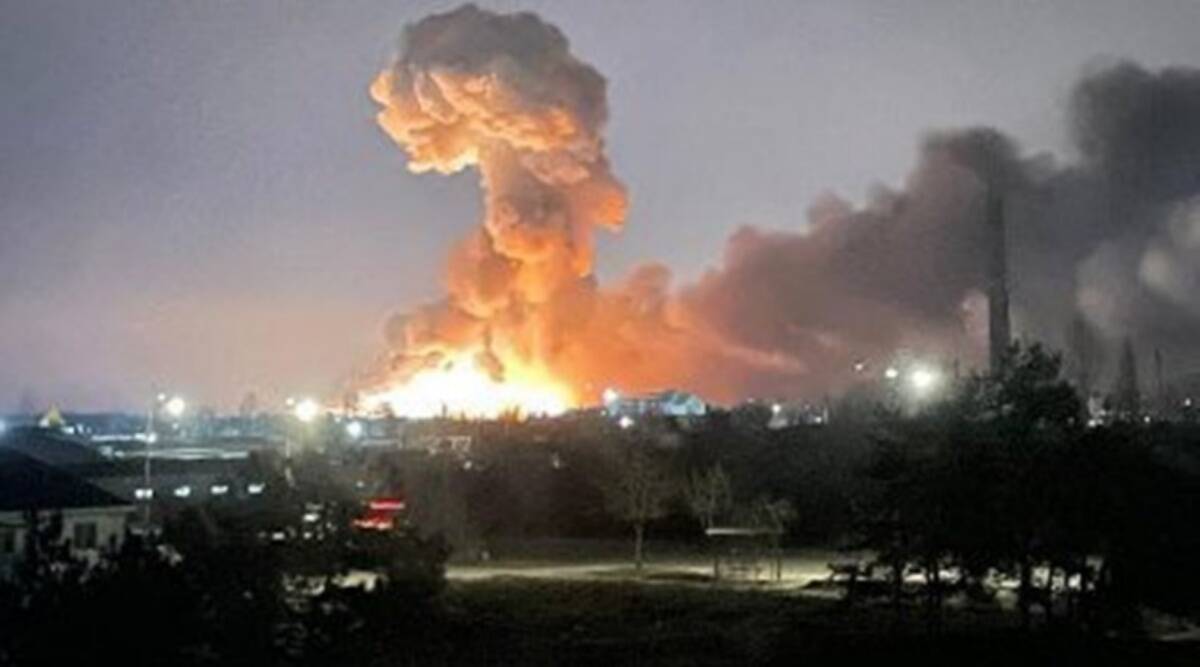Some defences are at risk of failure but private owners cannot be forced to make upgrades
A third of England’s most important flood defences are in private hands, an investigation has found, with more than 1,000 found to be in a poor state and some at risk of “complete performance failure”. Private owners cannot be forced to make upgrades to the defences, which can involve bills of hundreds of thousands of pounds. The government admits it can only “encourage” third-party owners to do maintenance, though the Environment Agency can carry out emergency repairs if there is a risk to people, property or environment, and try to bill the freeholders afterwards.
Data obtained under freedom of information laws by Unearthed, the investigative arm of Greenpeace UK, and shared with the Guardian, show that privately owned assets classed as “high consequence” are twice as likely to be in a poor condition as those maintained by the Environment Agency, with 8{a5554ed3202f5d83946c2df2be5f385c2dbdb5a74c027274cb45634d87826b1f} or 1,109 of private defences rated as sub-par. The defences range from flood walls or embankments to weirs and piers, though many are outfall pipes or culverts – enclosed watercourses that run underneath roads, railways or other property.
Some are owned by major landowners such as the crown estate or Network Rail. Others run under private houses and businesses, often unnoticed until something goes wrong. In 2014 a father and son in Waterlooville, Hampshire, were faced with a £150,000 bill to repair a culvert that went underneath their properties. High-consequence flood defences are the most important because they “contribute to managing flood risk in a location where the consequence on people and property of an asset failing is high”, according to the Environment Agency.
Defences are inspected and then rated from condition 1 to 5, with 1 meaning “very good”. Four is “poor”, with “defects that would significantly reduce the performance of the asset”, and 5 is “very poor” – “severe defects resulting in complete performance failure”. There is no public record of who owns or maintains private flood defences in England, and local authorities are often unaware. To build a partial picture of private ownership, Unearthed took Environment Agency data and overlaid it with data from the Land Registry and other sources. Kirklees council in West Yorkshire, which dealt with bad flooding during Storm Ciara in 2020, said it did not know who owned the 23 privately owned defences in its area that were rated as poor or very poor. The local authority in Carlisle, which has seen repeated flooding in recent years, said the same about the 30 poorly rated private defences in the city.








